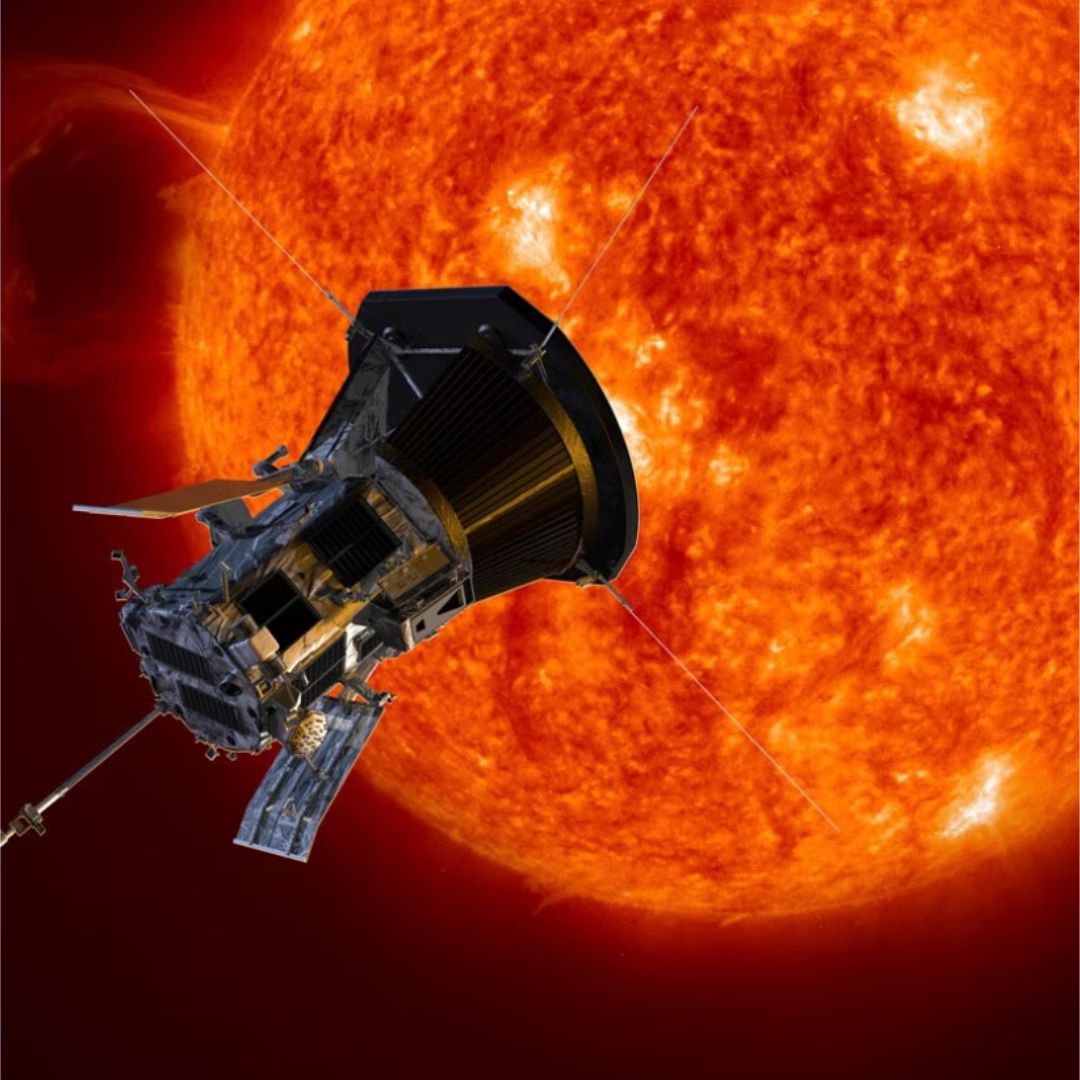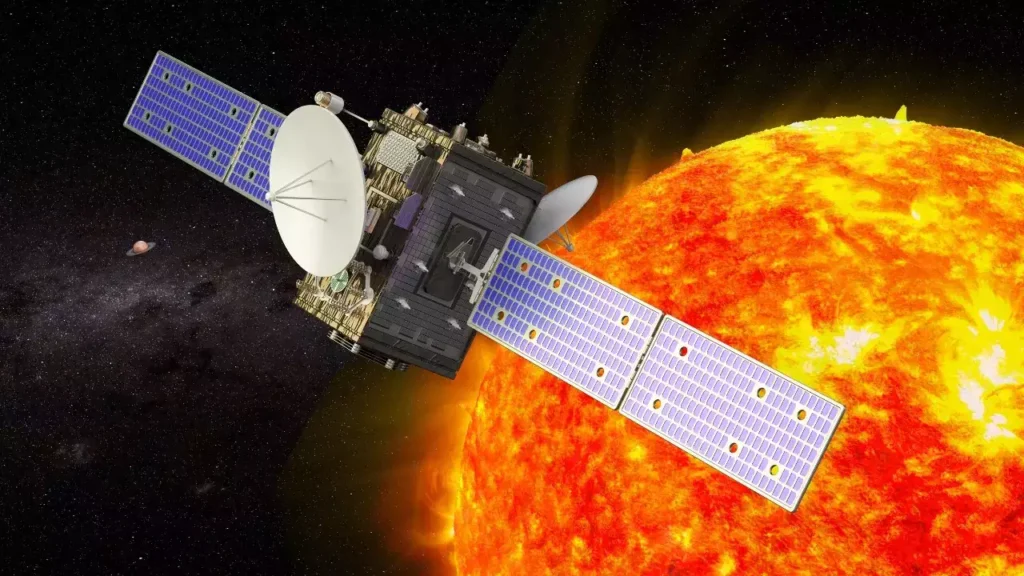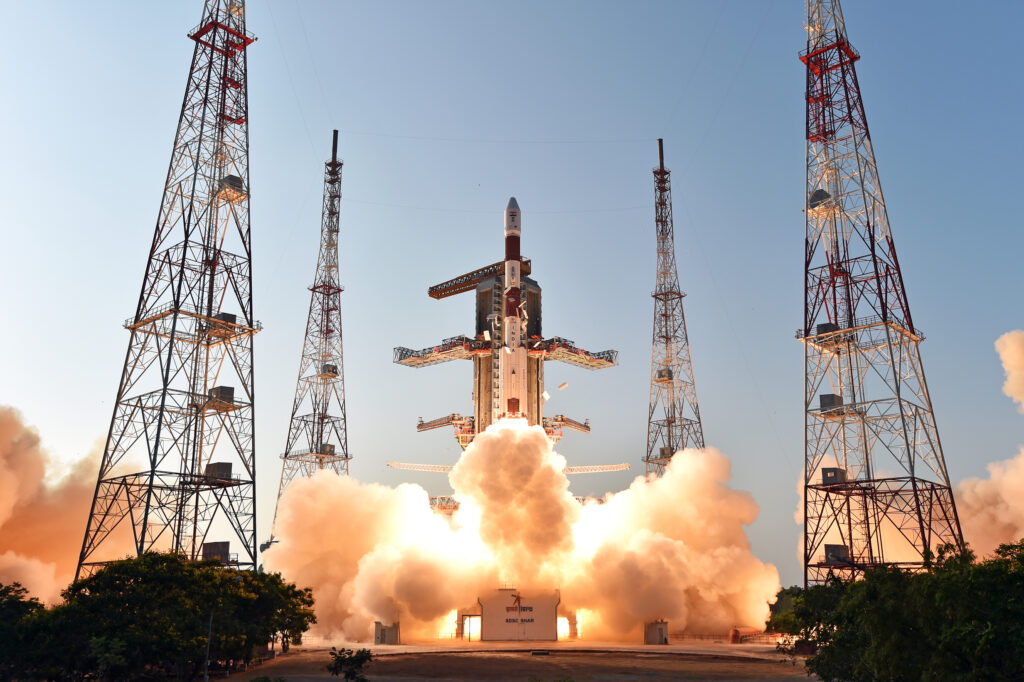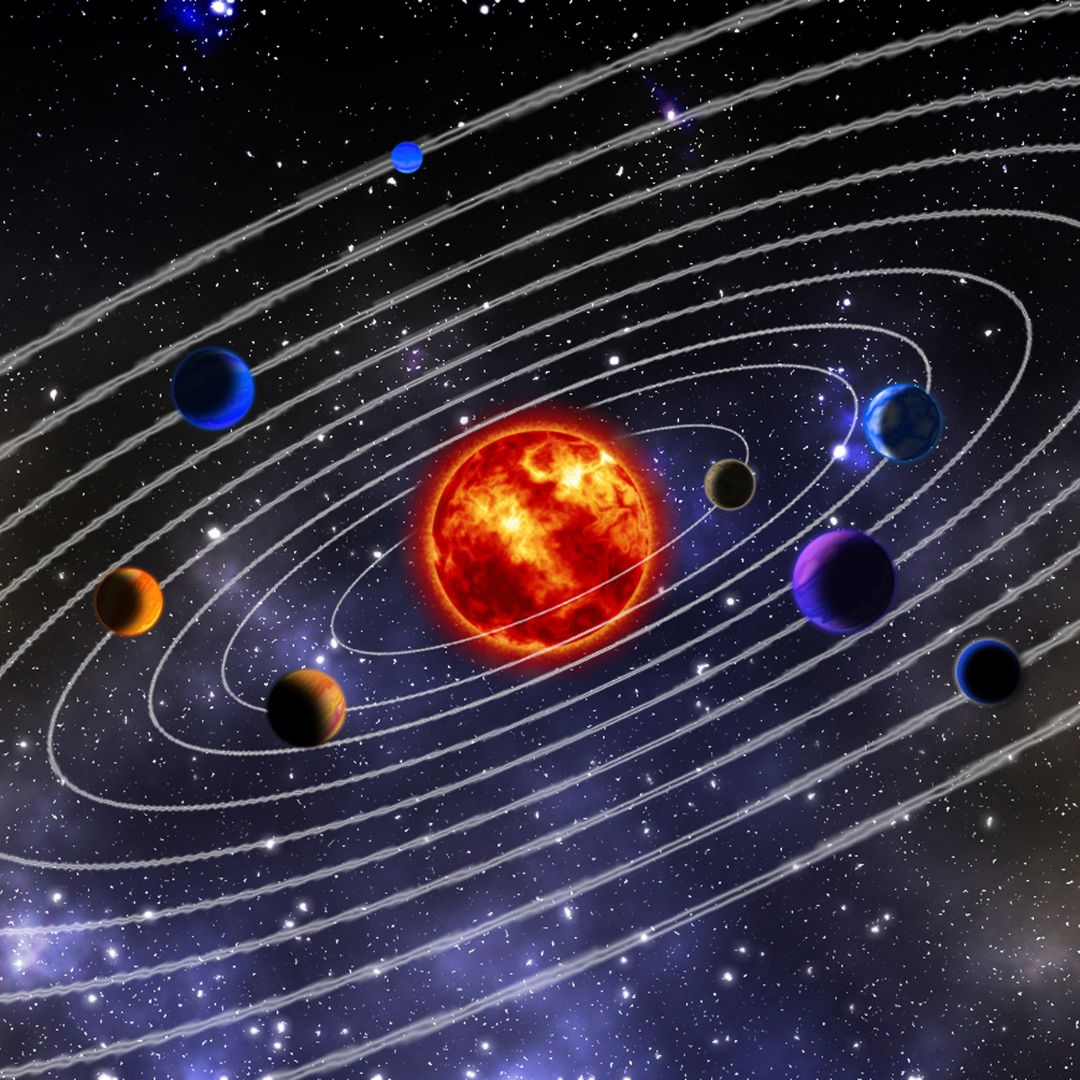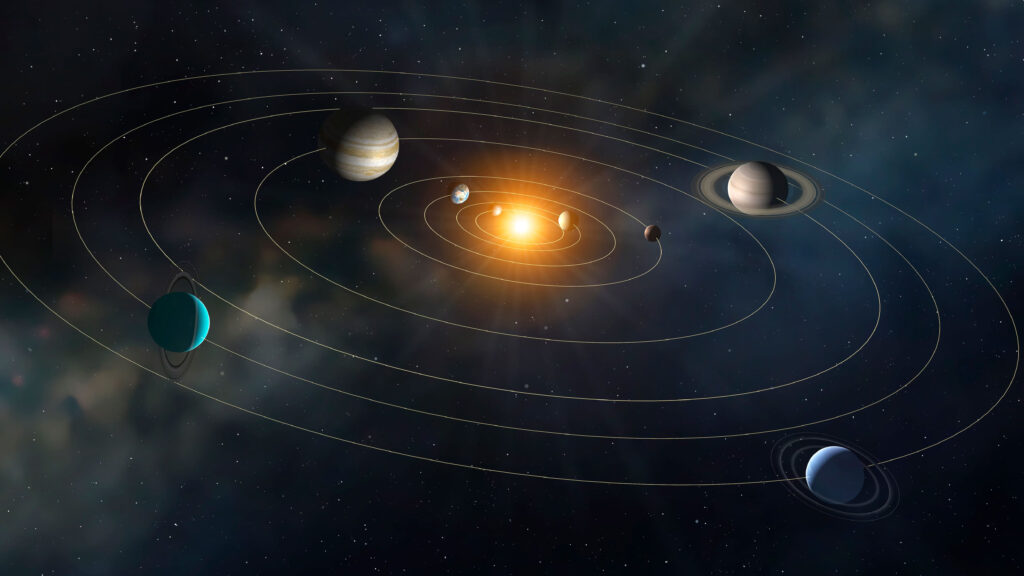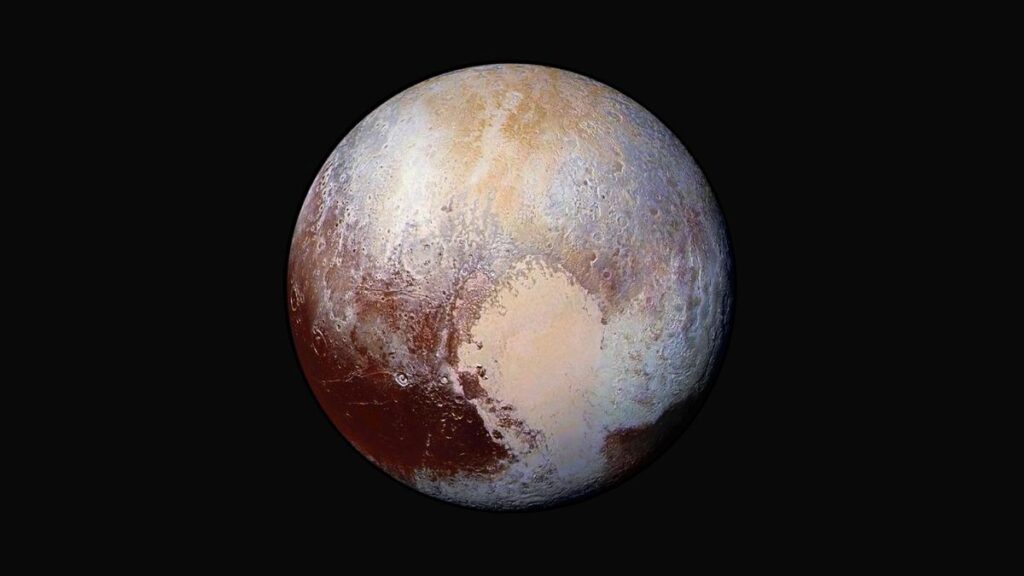Our solar system is a busy place, filled with planets, moons, asteroids, and comets. But Earth is special – it’s the only place we know where life exists. Scientists have just made an incredible discovery that might change everything! Imagine a giant space rock named Bennu. It’s an asteroid, a rocky leftover from the early days of our solar system. And guess what?
Scientists have found the “basic building blocks” of life inside Bennu! It’s like finding a treasure chest filled with clues about how life began. A NASA spacecraft actually visited Bennu and brought some of it back to Earth in 2023. It was like a cosmic delivery! And when scientists started studying the sample, they were amazed by what they found.
Also read, Aditya L-1: India’s Solar Mission Reaches Sun’s Orbit

Bennu is packed with organic molecules – the stuff that makes up living things. They even found nucleobases, which are the building blocks of DNA, and amino acids, which make up proteins! DNA is like the instruction manual for life, and proteins are like the workers that build and run everything. It’s like finding the LEGO bricks and the instruction booklet for building a living thing! But that’s not all! Scientists also found minerals and salts in Bennu, which suggests that water might have existed on the asteroid at some point. Water is super important for life as we know it. And they even found ammonia, which is another key ingredient for life.
Subscribe To The Junior Age Click here.
This doesn’t mean that life actually existed on Bennu. But it does mean that the ingredients for life were floating around in space, just waiting for the right conditions to come together. Scientists think that asteroids like Bennu might have crashed into Earth billions of years ago, bringing these important ingredients with them.
Get Know everything about Space, Buy This All About Space Information Cards

It’s helping us answer some big questions, like how life started and where it came from. And who wouldn’t want to know the answers to those questions? Scientists are also wondering if these same “life ingredients” might have been delivered to other planets by asteroids. Could life exist elsewhere in our solar system? Bennu is giving us some exciting clues!
If the building blocks of life were found on an asteroid, does that mean there could be life on other planets too? What other things besides water and organic molecules do you think are needed for life to exist?


